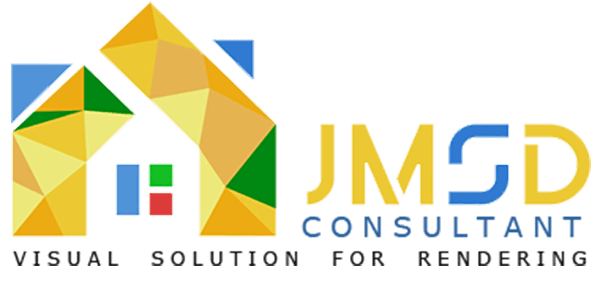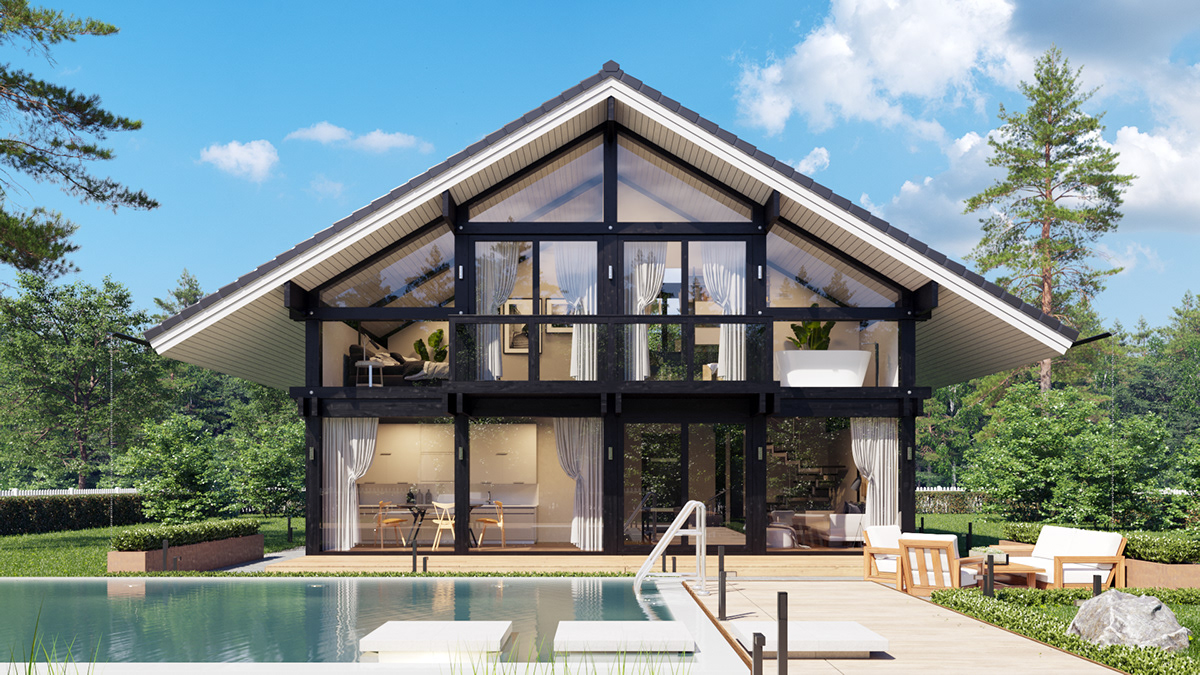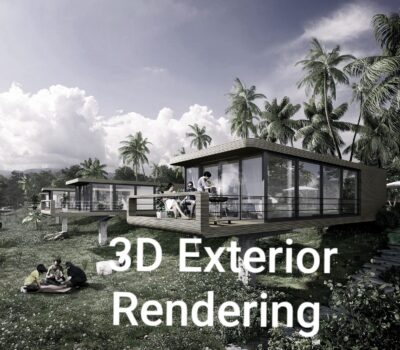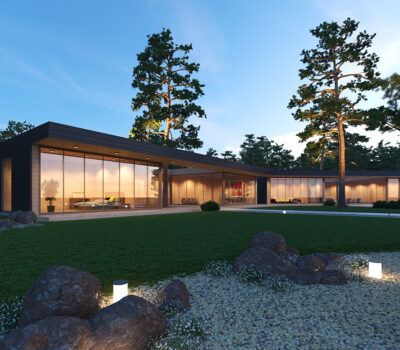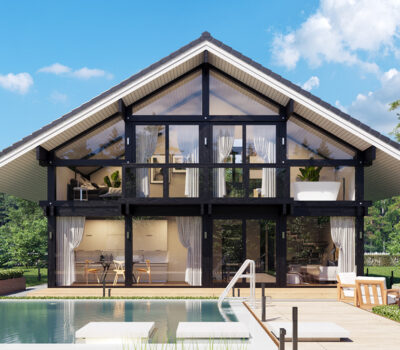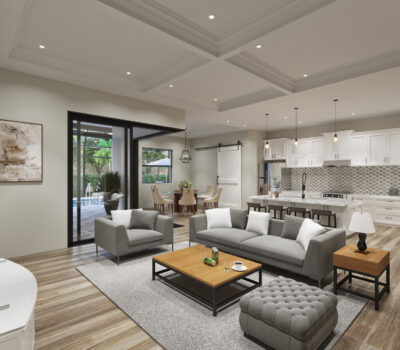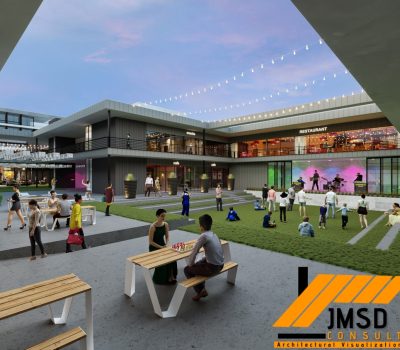3D rendering and architectural animation are related concepts often used in the field of architecture and design, but they serve different purposes and involve distinct processes.
Here are the key Differences Between 3D Rendering and Architectural animation:
Purpose:
- 3D Rendering: The primary goal of Architectural 3D Rendering Services is to create a still image that visualizes a design or concept. It’s a process of generating a 2D image from a 3D model, capturing details such as lighting, materials, and textures to represent a realistic or stylized depiction of the architecture.
- Architectural Animation: Architectural Animation Services involves creating a sequence of images that, when played in succession, form a video or animation. The purpose is to provide a dynamic and immersive experience, showcasing the design from various angles and perspectives over time.
Medium:
- 3D Rendering: Produces static images that can be used in presentations, marketing materials, or as visual aids during the design process.
- Architectural Animation: Results in a dynamic sequence of images or a video that can be used for presentations, marketing, or to communicate the spatial qualities of a design.
Time Element:
- 3D Rendering: Captures a single moment in time, offering a detailed snapshot of the design from a specific viewpoint.
- Architectural Animation: Involves the passage of time, allowing viewers to experience the design as it unfolds or from different viewpoints over a sequence of frames.
Viewer Interaction:
- 3D Rendering: Typically involves passive viewing, where viewers can observe the static image from a fixed perspective.
- Architectural Animation: Provides a more dynamic and interactive experience as viewers can explore the design through motion, observing changes in space and form over time.
Production Complexity:
- 3D Rendering: Generally requires less time and resources compared to architectural animation since it involves creating a single image.
- Architectural Animation: Involves creating multiple frames, often requiring more time and computational resources for rendering a sequence of images or video.
Applications:
- 3D Rendering: Commonly used for producing high-quality images for presentations, marketing materials, and design visualization.
- Architectural Animation: Suitable for presentations, walkthroughs, virtual tours, and promotional videos that require a more immersive and dynamic representation of the architectural design.
Look for a team that understands your vision and has a Strong 3D Architectural Visualization portfolio.
In practice, architects and designers often use a combination of both 3D rendering and architectural animation to effectively communicate their designs to clients, stakeholders, and the general public.
Contact us here for 3D Rendering Services now!? Reach us out with DM here on: | Get in touch email us at [email protected]
